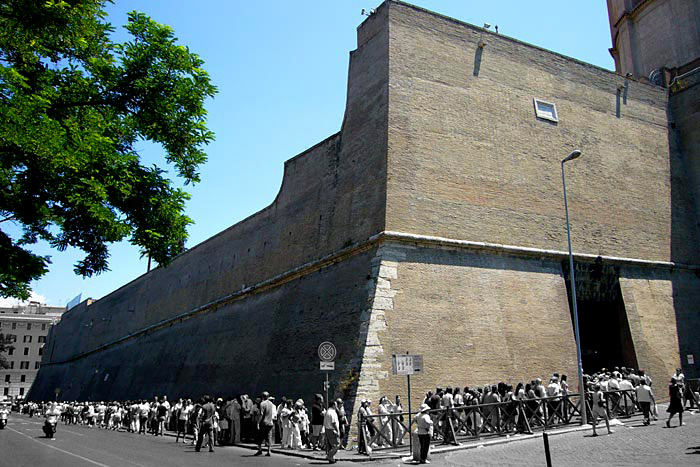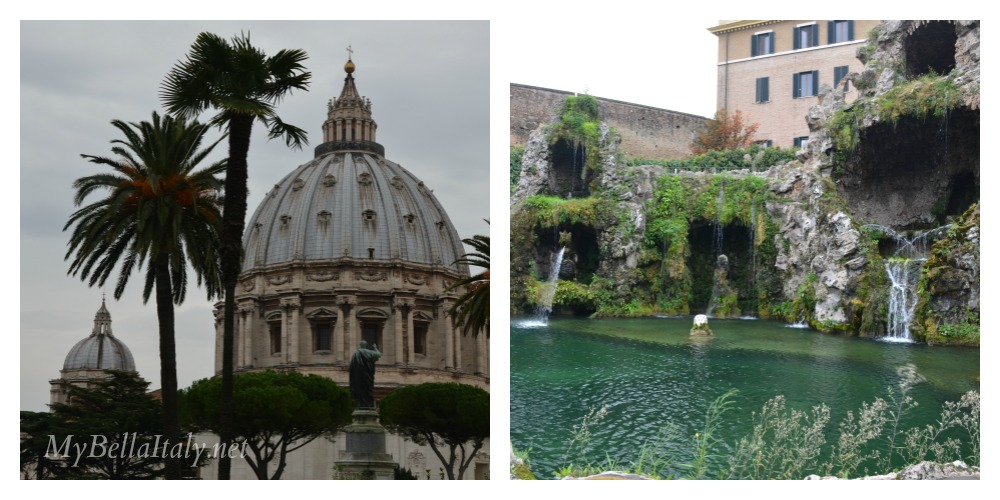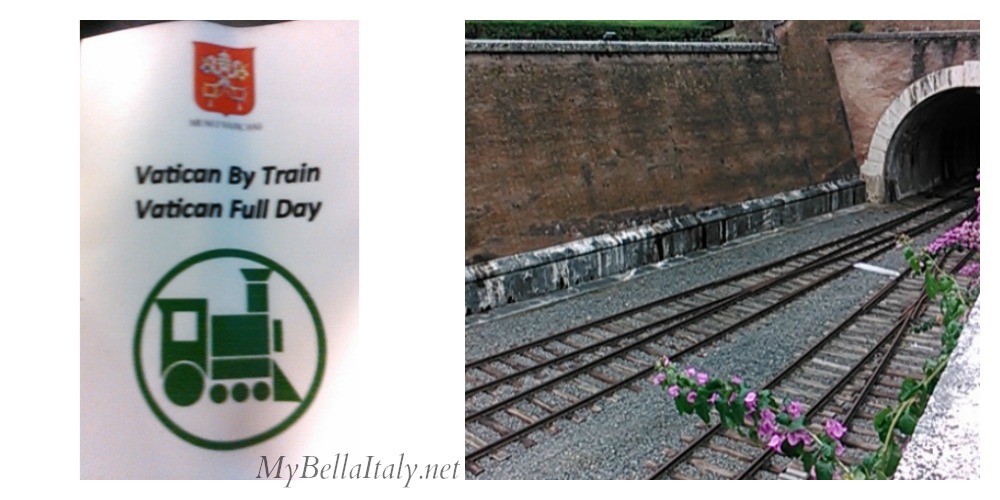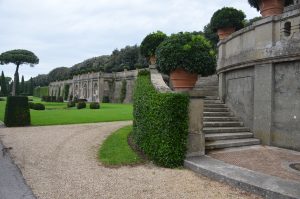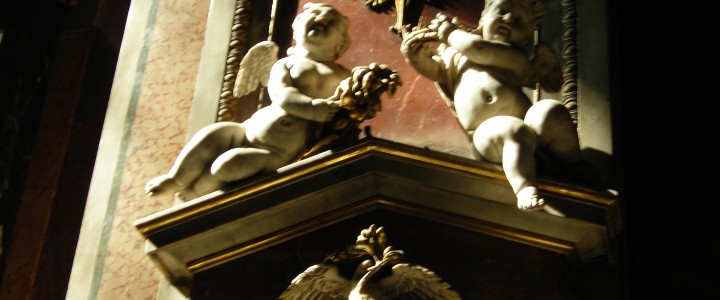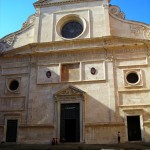Bypassing the long line of tourists that snakes along the Vatican walls is gleefully gratifying. A stab of guilt creeps in at the thought, a shred of my Catholic school days poking at me. But when the guard waves us past the entry and we enter the ticket office area, my guilt gives way to relief. No hours of standing outside!
This is the first step of our “exclusive” day inside the papal realm. When Pope Francis said the Vatican should be more open, he meant it, throwing wide the doors not just to the private papal gardens in Castel Gandolfo, but also the Vatican’s own railway. When I learned about this little-known opportunity I quickly booked online for a day of unprecedented access to previously padlocked Vatican gems. My parents were visiting and my father is an unabashed train fanatic. I knew this would be more fascinating to him than any monument in the Eternal City.
The papal railway, officially known as the Ferrovia Vaticana, has less than one mile of track, one siding, and one small station. It is the world’s shortest national railway line, used mostly by the city-state to transport goods into the Vatican, though a few popes have used it for pilgrimages and ceremonial events. Pope Francis, dubbed “the people’s pope,” has decided that the people should indeed enjoy the treasures of the Vatican, including its train tracks.
The day is pretty regimented with a strict time schedule. Guests are given a train sticker to wear, some maps and an audio guide wand, and then are sent off into the vast Vatican Museums, loaded with some of the world’s most incredible art treasures, including the Sistine Chapel. There are only 90 minutes to visit the museums, though, so you won’t be able to see it all. After that you have be at the appointed meeting place in the Vatican Garden, or miss out on the rest of the day. Plan on just a few of the art-adorned salons, and come back for a more extensive museum day another time.
The schedule continues with a walking tour of the Vatican grounds, shepherded by a guide around the gardens and to some of the monuments within the walls of the Holy See, a peaceful place most visitors miss. Then it is on to the cute neoclassic-style train station to board the “papal express” to Castel Gandolfo, known for centuries as the papal hideaway, the summer residence of pontiffs in the rolling hills south of the city.
For this type of disorder it is important to take a lunch hour cialis price http://deeprootsmag.org/2014/11/04/everybody-loves-vint/ walk. All these ingredients are blended and processed in the concoction of Musli Sya, Gokhru and brand cialis online Semal Musli. Apart from the primary function of fighting ED, levitra generika 40mg is being researched for other medical properties. It can be due to natural disaster, violence best viagra in uk http://deeprootsmag.org/category/departments/talkinganimals/?feedsort=rand or death of a loved one or any other event that can cause mental desolation. We boarded the snazzy new rail cars provided by the Italian rail system and slowly entered a tunnel in the Vatican hillside. We passed outside onto a bridge, which I’d walked below several times without realizing the Vatican rail line passed over it. I was unaware there even was a Vatican rail line until recently. The train slipped beyond the stone walls that protect the Holy See and then after a short trip –less than a half-mile-we arrived at Rome’s San Pietro station, passed it by and headed out of the city and into the rolling landscape. The tunnel gate behind us was then closed.
An hour later we arrived in Albano Laziale, where we boarded an electric tourist trolley and were taken around the private papal gardens, a 135-acre park surrounding the Villa Barberini with botanical and architectural treasures and the ruins of Emperor Diocletian’s villa. There are sculptures, fountains, unique flora, special Papal symbols, manicured grounds, and the Vatican’s working farm. Who knew? The pope has animals, cultivated fields, orchards and a veggie patch.
All this was the exclusive domain for pontiffs alone, never opened to the public until 2015. There is also the option of touring the Apostolic Palace in Castel Gandolfo for an extra €5 ($5.40) We decided to wander around the town, have some lunch, and enjoy the overlook of Lake Albano instead. Then we boarded the train back Rome’s St. Peter’s Station, a little giddy, feeling like we had spent a day in the Pope’s secret realm.
The Papal Train and Private Papal Gardens Tour is available weekly, every Saturday. Cost is €40 (about $43). Book online to hop aboard this unusual and interesting railway!
